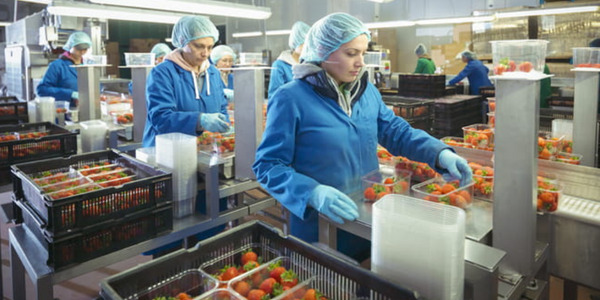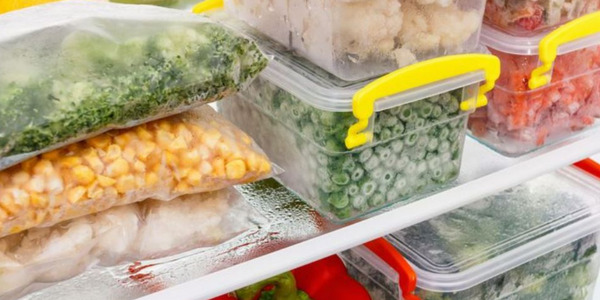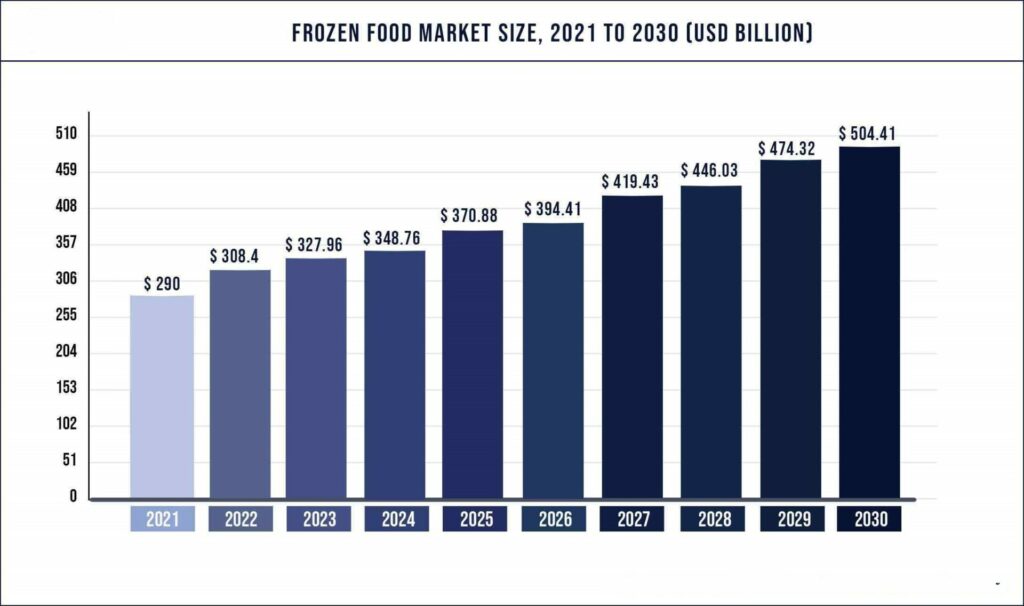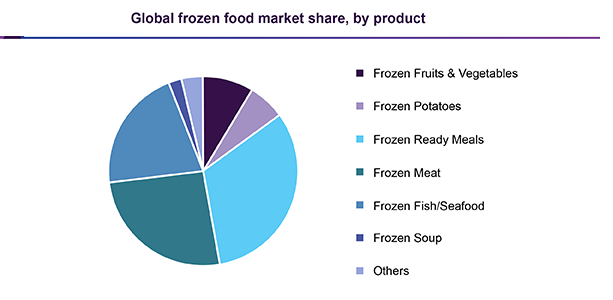Project Report For Frozen Food Processing
Introduction
Project report for Frozen Food Processing Plant is as follows.
Frozen food processing is pre-treatment, freezing, and frozen storage. Pre-treatment procedures may include blanching, heat treatments, dipping treatments, and cryoprotection, among others, depending on the items being frozen. It is the most practical option for modern working customers. To meet the needs of the customers, they are available in many different varieties. These materials are always simple to utilize when planning celebrations or gatherings.

Consume everything you want, whenever you want. Having a variety of excellent, pre-cooked meals in your freezer is like having your own in-home quick restaurant. You get to pick the precise dish you want at the time. It simply takes minutes to reheat it back to its original kitchen-perfect state. In a flash, perfect cuisine.
The topic of fresh versus frozen products has been the subject of numerous arguments. Even though data has shown that are healthy since they retain nutritive elements soon after harvest, there is occasionally an unavoidable fact associated with them: their dubious goods.

They appear in the grocery corridor of supermarkets and hypermarkets, they may occasionally spend months being held in warehouses. Such a factor can have a detrimental effect on it sector as a whole. Fresh produce can also be in this circumstance. They may have been harvested months ago, particularly fruits and vegetables, and as a result, they may be even less nutrient-dense than frozen goods.
These goods have proven to be the greatest option for customers who expect meals as soon as they arrive home. Furthermore, frozen food items are the ideal dinner option for folks who occasionally work late hours at night.
Project Report Sample On Frozen Food Processing
Get Completely Custom
Project Report
Market Potential Of Frozen Food Processing
The market for frozen food was worth $290.8 billion in 2021 and is projected to grow to $504.8 billion by 2030, with a CAGR of 6.34% between 2021 and 2030. Food products that are stored at low temperatures and used for an extended length of time are referred to as frozen food.
The product market consists of a variety of food items, such as soup, ready meals, fruits and vegetables, potatoes, meat and poultry, and seafood. Additionally, packaged ready-to-eat foods, bakery items, snacks, and desserts are included in frozen ready meals. Major consumers of its items, such as frozen fruits and vegetables, potatoes, and non-vegetarian goods, include businesses like hotels, caterers, restaurants, and fast food franchises.

Frozen meat, poultry, and seafood are among the most popular grocery items in North America and Europe. Europe is where frozen desserts and bread goods are most popular. Retail frozen food is still in its infancy in developing nations like India. However, it has rapidly expanded during the last few years.

Frozen ready-to-eat meals are full meals that don’t need any more ingredients to make them taste better. They offer a nutritious substitute for real meals. It is incredibly convenient, time-saving, and affordably priced because the food cooks quickly. By 2030, it is anticipated that ready-meal sales will total US$138.56 billion. These ready-to-cook meals are microwaveable, portion-controlled, and shelf-stable thanks to technical advancements in the frozen food sector.
The demand for frozen dinners is rising across several countries as more women enter the workforce and change their lifestyles. For those with busy schedules, those who live alone and don’t want to make a whole dinner, as well as those who are attempting to lose weight, frozen ready-to-cook meals are convenient.
The global bank estimates that a third of the world’s population will reside in urban areas. Nearly one billion people will reside in urban areas around the world. Therefore, the acceptance of frozen food would be fueled by the growing population and busy lifestyle.
